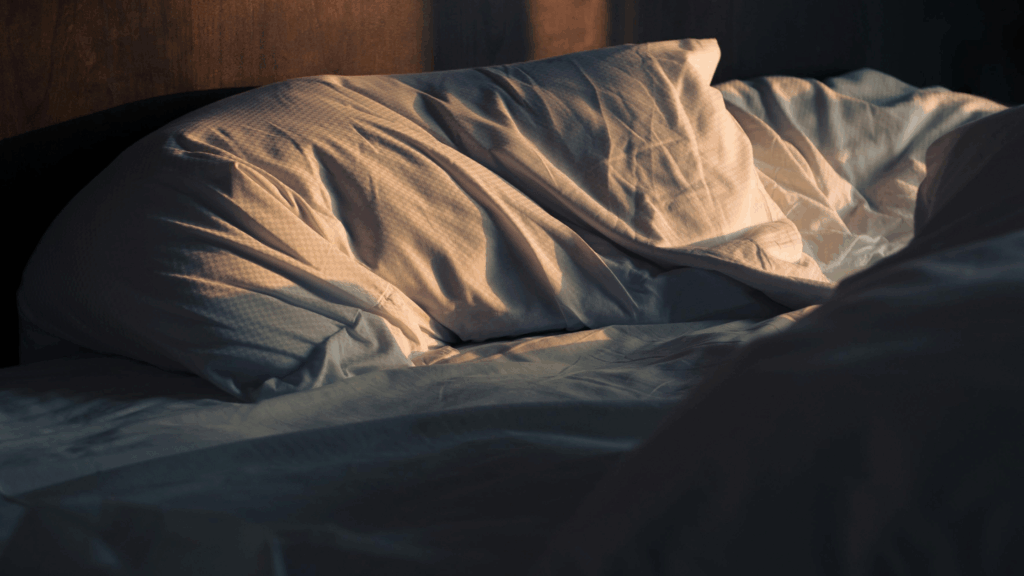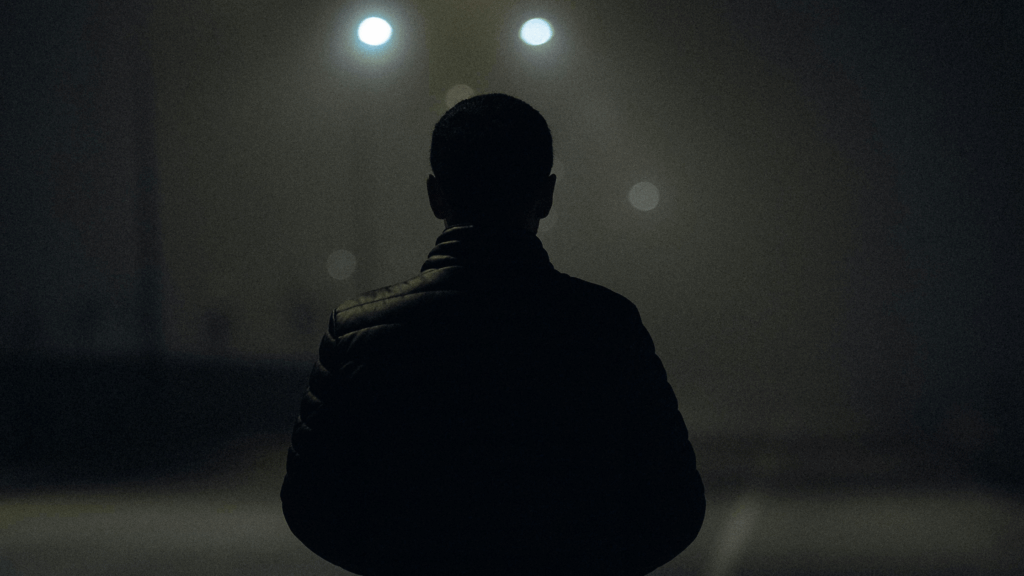Managing Low Mood and Winter Blues as the Days Get Darker

Many people experience a seasonal shift in mood, but it’s important to know the difference between a mild slump and a more serious depressive disorder.
The Winter Blues
The ‘winter blues’ is a common, mild shift in mood where you might feel a bit down, more tired, and want to stay indoors more during the darker months. You might cancel a few social plans, and some days you might struggle with your mental health. You can generally still function and enjoy your normal daily activities, like school, work, or hobbies.
Seasonal Affective Disorder (SAD)
Seasonal Affective Disorder is a form of depression with a seasonal pattern, typically starting in the autumn and lasting through the winter. It’s much more severe than the ‘winter blues’.
With SAD, the symptoms are disruptive enough to affect your daily life, making it hard to concentrate, maintain relationships, or keep up with school or work. Key symptoms of winter-pattern SAD often include:
- Wanting not to be in social situations
- Feeling like hibernating
- Low mood or sadness for most of the day, nearly every day
- Loss of interest or joy in activities you once enjoyed
- Low energy and feeling sluggish
- Oversleeping and difficulty waking up
- Cravings for carbohydrates, overeating, and weight gain
- Reduced sex drive
- Feelings of hopelessness, worthlessness or guilt
Why do the darker months affect your mood?
There’s less sunlight in autumn and winter, and this is the main link to feeling low in the colder months.
The reduced light affects your brain chemistry in a few main ways:
- Serotonin levels: Sunlight helps maintain the brain chemical serotonin, which is often called the “happy hormone” as it helps manage mood. With less sunlight, serotonin levels can drop.
- Melatonin levels: Darkness stimulates the production of melatonin, a hormone that regulates sleep. With shorter days and longer nights, your body may overproduce melatonin, leaving you feeling sluggish, sleepy, and lethargic during the day.
- Circadian rhythm: Your body’s internal clock uses sunlight to regulate your sleep-wake cycle. The decrease in daylight can disrupt this internal clock, leading to feelings of being out of sync with your daily schedule.
- Vitamin D: Sunlight is key for producing Vitamin D, which is thought to promote serotonin activity. Lower sunlight exposure can lead to a vitamin D deficiency, further contributing to a drop in mood.
Tips for coping with seasonal low mood
Whether you’re dealing with the winter blues or managing SAD, there are many self-care strategies that can help you feel better during the darker months.
- Get outside for a walk every day, even if it’s cloudy. Open your blinds and curtains to let in as much natural light as possible, and try sitting near a window while you work or study.
- Set a consistent sleep and wake time every day, even on weekends. Sticking to a daily schedule can help regulate your circadian rhythm.
- Regular exercise releases endorphins (natural mood boosters) and helps reduce stress and anxiety. Try to get 30 minutes of physical activity at least three times a week, especially outdoors.
- Focus on a healthy, balanced diet rich in whole grains, fruits, and vegetables. Try to limit sugary snacks and high-carb comfort foods, which can lead to energy crashes.
- Make an effort to socialise with friends and family. Loneliness and isolation can make seasonal low mood worse. Plan fun activities and stick to those commitments.
If your symptoms are persistent, severe, or interfere with your daily life, reach out to your GP. Treatments for SAD can include light therapy (using a special light box), psychotherapy (like CBT), and sometimes medication.
Want to talk to someone about how you’re feeling? Talk with Meic!





















